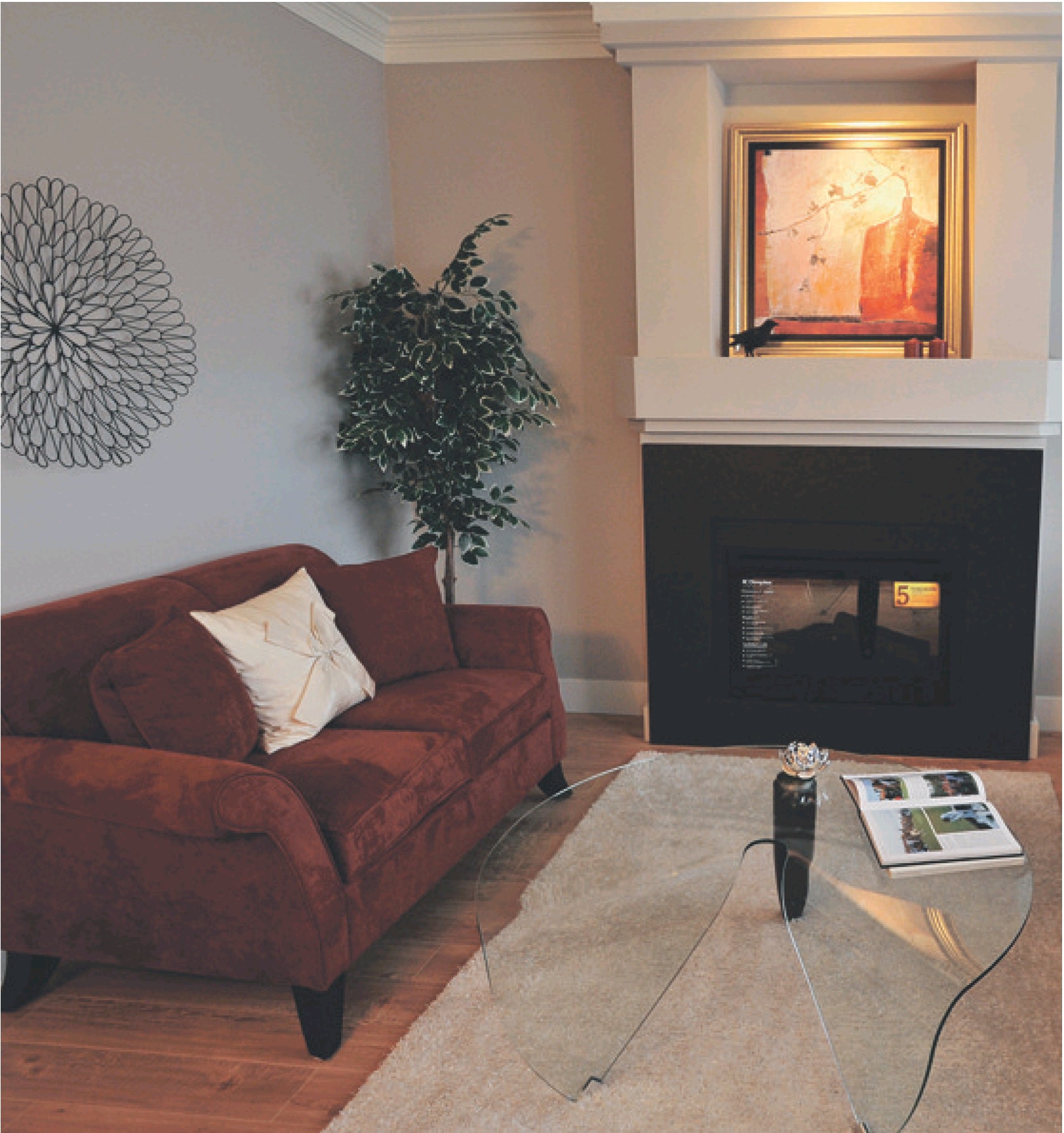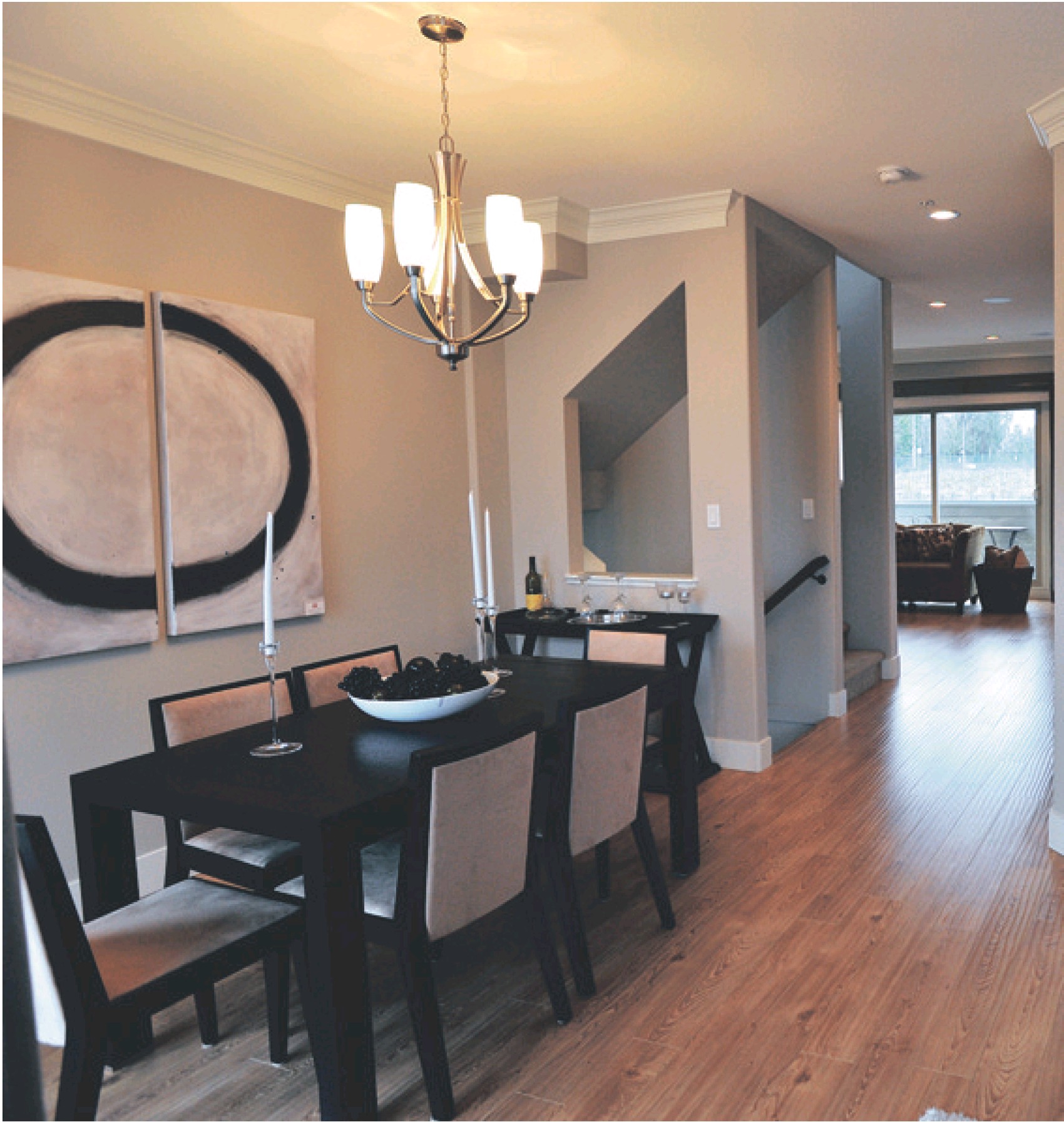New downtown club — where Lady Gaga was seen dancing on a table days after it opened — is set to become the latest celebrity hot spot
Francois Marchand
Sun

Matt Schmidt, co-owner of the new downtown hot spot Barcelona, holds one of the eight disco balls that light up his club. Barcelona, which has become a favourite for A-listers, hockey players and local VIPs, has pretty tight security in place — including a mandatory pat-down — to keep the ‘crime element’ out.
Vancouver‘s VIPs have a new port of call: Barcelona.
Fair enough, it’s not on the sunny coast of the Mediterranean (although these days, the inside of the club feels much brighter than the gloomy street outside).
However, the new downtown nightclub, located in the heart of the entertainment district on Granville Street, has been generating a lot of buzz of late, attracting more than a few rock stars, local big wigs and Canucks players.
Barcelona is quickly making its name as the hot spot to see and be seen at, and it’s something co-owner Matt Schmidt couldn’t be happier about.
“I’ll be at a restaurant or a lounge for dinner and I’ll hear other people talking about Barcelona,” Schmidt says. “That’s music to my ears right now.”
The irony is that, as opposed to other clubs that launch with a big public bang and a steady buildup to the “fireworks,” Schmidt and his partners did little to no official marketing and publicity upon opening Barcelona late last year.
In fact, the club still doesn’t have a proper sign, its entrance half-hidden behind the renovation scaffoldings that adorn the front of the Howard Johnson hotel under which it rests, a simple B-shaped logo on its doors giving away its location.
Within 24 hours of its “soft opening” in early December, the club’s Facebook group already counted over 1,000 members.
A few days later, Lady Gaga was dancing on a table in a VIP booth after one of her three concerts at Queen Elizabeth Theatre.
Barcelona was on fire.
“It was all word-of-mouth,” Schmidt says. “We really wanted to grow organically and build that ‘institution’ kind of a vibe. Now we feel confident and ready.”
Barely two months into its existence, Schmidt says he and his partners have “ironed out the kinks” and are ready to go full-steam ahead.
The club will finally get its proper official launch party Thursday, and the club’s guest list for that night is said to be filled with names synonymous with glitz and glamour. During the Olympics, when the city is crawling with celebs and VIPs, odds are good that a number of them will drop by.
The 26-year-old Schmidt’s Rolodex (read: BlackBerry) is a bit of a “who’s who” compendium and includes the likes of Joshua Jackson and Steve Nash, thanks to having been involved in the film industry as an art department coordinator for a number of years, following in his parents’ footsteps.
“I was kind of born and raised on sets,” Schmidt says, “but it’s always been a bit inconsistent, a ‘feast and famine’ kind of thing.”
Schmidt explains he started throwing parties when he was 19 years old, working his way up through the ranks and eventually working with various clubs around the city, managing to bring people like Danny Daze and DJ AM to Vancouver.
“It reached a point where I was going, ‘Okay, well I’m having a lot of fun doing this and I wouldn’t mind having my own place.'”
Barcelona owes its sleek internal design in part to Schmidt’s set experience and includes a number of cushy, black-leather VIP booths, a projection waterfall, wallpapers imported from Europe and custom-made wood and tile surfaces basking in a colour palette of reds, purples and golds.
“You have all these other places that have their token looks and some of them emulate these other places. We wanted something where people walk in and go, ‘Okay, this is Barcelona. This is not the old whatever-it-used-to-be, this is something new.'”
Schmidt adds that everything was meant to follow a “curved” design: walls flowing into arches, the club’s three bars eschewing sharp corners and, of course, the DJ booth designed as a half mirror ball, which Schmidt affectionately calls the “Death Star.”
“We’re going to have a real film-heavy crowd, a lot of wrap parties,” Schmidt says. “It’s interesting: we’ll have cinematographers and directors of photography critiquing my lighting and set designers critiquing the tiles and the wallpaper. It’s getting out there.”
Schmidt says the focus is for every detail to be perfect, from the state-of-the-art sound system that hits hard but still allows you to hold a conversation, to the relaxed vibe and the attentive service.
“People love that kind of personal touch,” Schmidt says. “I’m not in the liquor business, I’m in the people business.”
Of course, Schmidt isn’t going it alone.
Two of his partners, Derek Anderson and Alan Goodall, were already collaborators he knew from his party-circuit days, while the third, Leo Doueik, had cut his teeth at upscale establishments like the Time Supperclub in Montreal and the White Bar in Beirut.
When time came to pick a name for their new club, Schmidt explains Barcelona was a no-brainer.
“One, it’s an amazing, fun city and everything there is based on good food, good people and art,” he says. “I hated the idea of people coming to clubs and just standing around and being pretentious. [We wanted] something like the vibe in Ibiza and Spain.
“Another reason is that it was kind of fun to say: Bar-ce-lo-na. It was a warm name, whereas a lot of other names for nightclubs are cold, minimalist and kind of sharp, and it fit the room.”
Schmidt says there’s also a bit of a Miami/Vegas attitude behind the club’s approach to service, pointing out that it’s really hard to find clubs in Vancouver where you can really be treated like royalty.
Sometimes, he says, you’d be better off going to Earls or Milestones than some “upscale” bars to get a true service-oriented experience with a touch of class.
But what if you can’t really afford to book the high-priced booths or can’t find a way to get on the big-name guest lists?
What if you’re not really on the Veblen side of the equation and can’t really swing for tableside bottle service and high-priced libations?
Does that mean you’re out of luck and that Barcelona isn’t for you?
“I would never want to create that vibe where people feel they are less important,” Schmidt says. “Some people might come in and it might be their thing and they’re going to love it. Some people might not and I expect that. But we’re not turning away average Joes.
“A lot of my friends are starving artists and they’re still amazing people and they come in here all the time,” he adds. “They’re not buying bottles of Cristal, but they’re still having a drink at the bar and dancing their asses off on the dance floor and having a great time.”
While the club is open to the public Wednesday through Saturday (other days being reserved for private functions), Schmidt recommends Wednesdays for younger crowds, when the club offers a mix of soulful hip hop, electro and rock grooves.
The rest of the week is usually a bit more on the higher end of the spectrum, with DJs spinning a clubbier blend of dance music, and though there is no true dress code enforced, Schmidt says you should probably “dress to impress.”
That being said, the club does boast pretty tight security, using a sometimes maligned “ID scan” system to keep things in check.
A mandatory pat-down and metal detector sweep is also meant to ensure everyone feels safe, Schmidt says.
“The only people we’re trying to turn away is the crime element. No matter how much they will spend, and they will spend a lot, it will ruin the integrity of a bar.”
Considering the growing list of Alisters flooding Schmidt’s inbox with requests to attend or to book a private party of their own, there doesn’t seem to be any end in sight for Barcelona.
The trendy, boutique-style club may still just be in its “baby steps” phase, but Schmidt is ready for his new digs to truly take flight.
“I’d love to see it continue to grow and really become an institution,” Schmidt says. “We could make a quick buck, but there’s no integrity in that. We’re in it for the long haul.
“I’ve never been more confident in a team of people and a Vancouver spot,” he adds.
“It has legs.”
—
BY THE NUMBERS
Address: 1180 Granville St. Doors: 9:30 p.m., Wed-Sat (open all week during the Olympics) Reservations: 604-249-5151 or via www.barcelonanights.ca
Cover charge: $10 (Wed/Thu), $15-$18 (Fri/Sat)
Capacity: 400
VIP booths/tables: 18
Bars: 3
Bartenders/servers: 8/6
Disco balls: 8 (and increasing)
Facebook “fans”: Over 2,000
© Copyright (c) The Vancouver Sun















